Nakayamaga is a mountainous region northwest of Kitsuki City (杵 築), in the Kunisaki Peninsula, Kyushu Island. It promotes “green tourism” or ecotourism, which allows everyone to experience the countryside in Japan by staying in noka minshuku (農家 民宿), a bed and breakfast with farmers.
During my trip to the Kunisaki Peninsula, a couple with very warm hospitality shared their daily rhythm of growing shiitake mushrooms, rice and onions with me. They also grow some vegetables and fruits, for their personal consumption, their goal being to be almost self-sufficient.
Experience Shiitake Mushroom Picking
Oita Prefecture alone accounts for 48% of Japanese shiitake production. The mushrooms are grown on oak stumps. Thanks to the nutrients contained in the strains, they can grow without chemical treatment. Farmers (more specifically, mycocultures) erect a kind of wooden barrier made of logs, arranged in chevrons that constitute bands of mushrooms.
The Step of how to “Cultivate the Mushroom” are as follows:
- Seed mushroom (propagation material);
- The preparation of logs, supports of the culture;
- Seeding logs with mycelium;
- Control of the development of mycelium;
- Finally, harvesting and packaging. Shiitake are sold fresh, but can be dried when the production is too abundant, especially in the spring, the best harvest period.
I was able to participate in the picking of shiitake, following their instructions of how to identify a mushroom that is ready to be picked. We sorted and packed them as the harvest of the day. We put aside defective specimens that were to be cooked later.
Family Recipes
During this stay in Noka Minshuku, I also learned how to cook a kind of custard prepared from locally grown peanuts. We poked the peanuts lightly and then removed the thin skin around the seeds. After soaking in water for a few hours, we mixed them with water and passed the thick liquid obtained through a fine mesh bag. This vegetable milk is then mixed with kudzu, a starch made from fern root, and slowly heated until it thickens.
Last step, pour it into a mold and keep it cool for at least 12 hours. We tasted this tofu which is not one (since it does not contain soy!) At breakfast, accompanied by a bit of miso scented yuzu bark, also home-made. Nothing is lost in this recipe since okara, the solid pulp that remains after making the vegetable milk, can be used to prepare cookies.
I also enjoyed making hoshigaki (干 し 柿), or dried persimmons. The image of the “curtains” of kakis to make it dry comes to the mind of anyone who went to the countryside in Japan in autumn. The persimmon tree, located right in front of the house, produces extremely astringent fruits; if you try to taste them as they are.
After we peel the skin, we put them in boiling water for a few seconds and finally dried them for a fortnight in the open. They all exude a unique scent, and their sweetness is comparable to that of fresh soft dates. I patiently peeled the fruits while partially preserving their stem and a piece of branch. We then tied them to a rope to form a kind of garland to hang vertically in a shed protected from moisture at the back of the house.
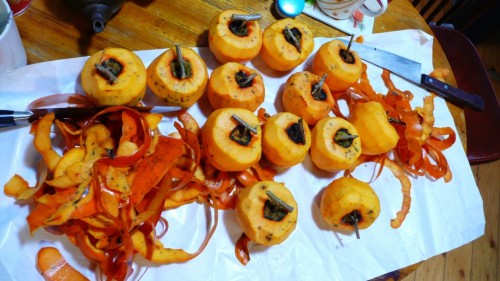
A Rewarding Exchange
In addition to mycoculture and rural life experiences in Japan, we have covered a variety of topics from daily work, our respective cultures, families, travel; as well as politics, and current environmental issues. Indeed, global warming affects them directly: as evidenced by photographs taken about fifteen years ago, mushroom crops have tended to decline lately.
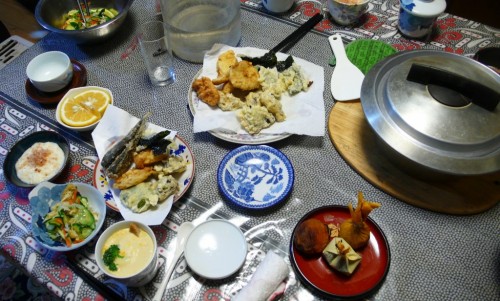
Sato-san’s family only speaks Japanese, but they have hosted English-speaking families in the past and an Indonesian girl has even stayed at their home for a whole year. They receive, very regularly, young Japanese high school students and help them discover life in the countryside.
Our attentive hosts were eager to share everything they could with us, they took me to the local onsen, and after dinner, we admired the illuminated fields of a neighboring farmer.
Rice, which they grow themselves, is valuable and central to their meals. It is also used to make miso, and the first part of any freshly baked rice is an offering to the ancestors.
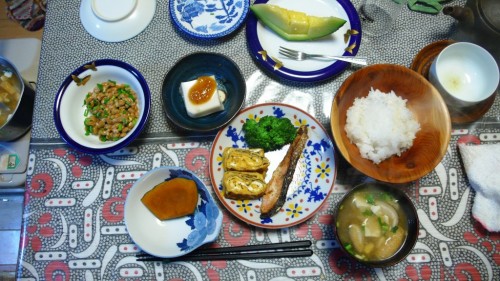
I even received a souvenir, homemade shiitake which we had collected the day before, small kabocha squash, and dried persimmons!
To know more :
The Yamaga Green Tourism website, only in Japanese, offers more information about the stay in Noka Minshuku and allows you to book through the guest’s email address. Up to six people can stay in the house.
Sponsored by Tourism Oita
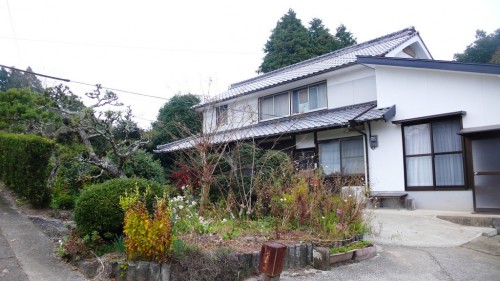
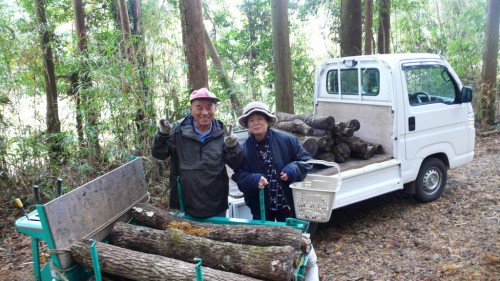
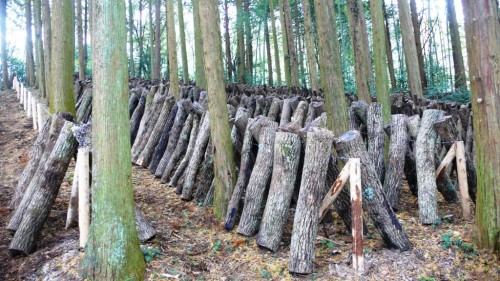
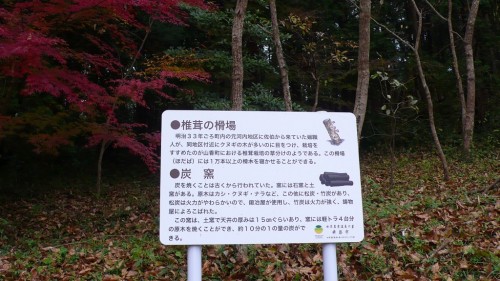
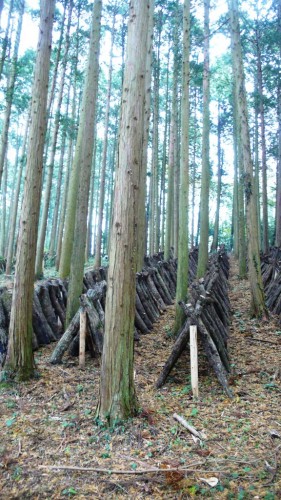
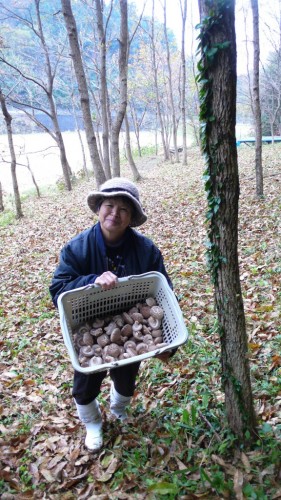
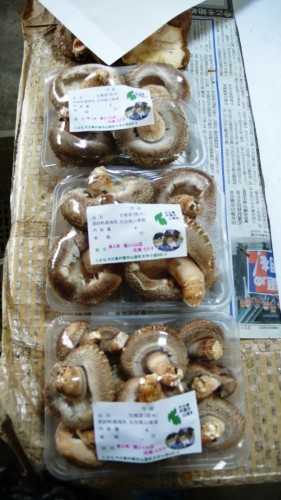
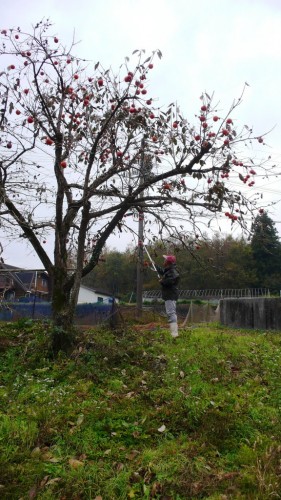
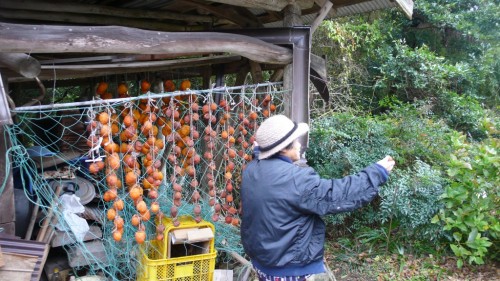
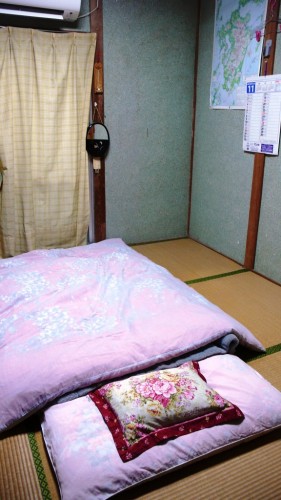
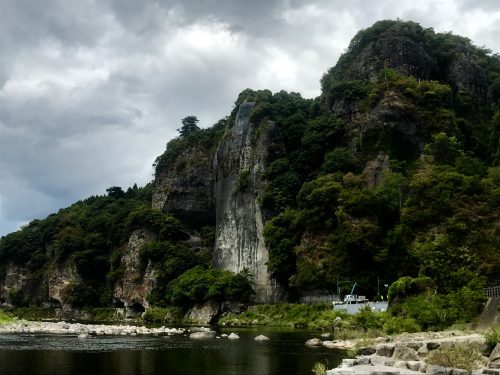
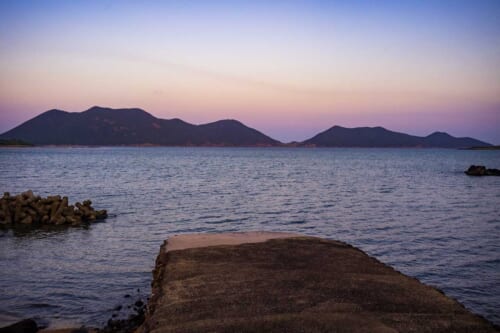
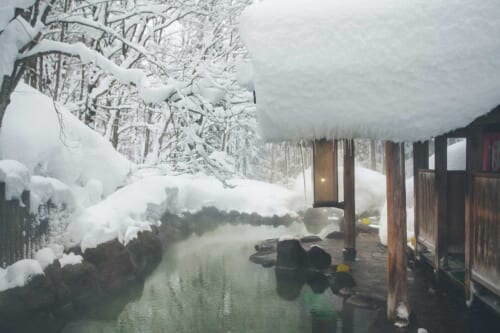
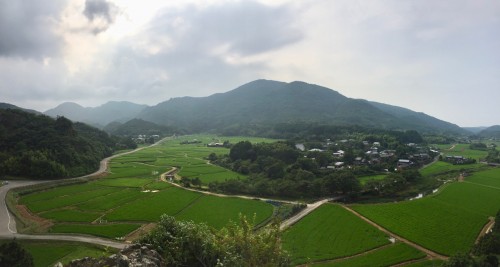
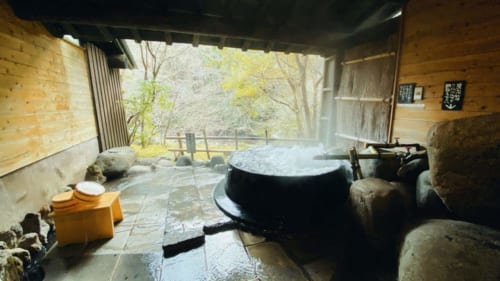


No Comments yet!